Have you ever paused to consider what brings that captivating, soft glow to a room, effortlessly navigating every curve or providing a consistent shine along straight lines? The secret lies within the innovative realm of LED strip lighting, particularly in the dynamic between flexible and rigid LED light strips. These versatile lighting solutions are at the heart of modern illumination, offering a spectrum of possibilities to brighten any space.
This blog post is dedicated to demystifying the differences and unique benefits of flexible and rigid LED light strips. We’ll delve into their various uses, durability concerns, and cutting-edge features. Whether you’re an interior designer, a homeowner looking to upgrade your living space, or a business owner aiming to create an inviting atmosphere, this post is packed with insights to ignite your creativity.
So, are you ready to explore the ideal LED strip lighting for your needs? “Let’s get started right away!” Embark on this enlightening journey with me and discover the perfect glow to complement your vision and project requirements.
Demystifying LED Light Strips
What Exactly Are LED Light Strips?
At the core of contemporary lighting solutions lie LED light strips, a dynamic blend of technology and design. These strips consist of numerous light-emitting diodes (LEDs) lined up along backings that can either flex with grace or stand firm, catering to a wide array of design concepts. Their design genius allows them to be custom-fitted—trimmed to size or linked for added length, providing unparalleled adaptability for lighting endeavors. As celebrated for their minimal energy consumption, LED strips emerge as a beacon of sustainability, offering a luminous yet eco-conscious choice for lighting up any area.
Exploring the Spectrum: Types of LED Light Strips
Navigating the world of LED light strips reveals a kaleidoscope of options, each tailored to meet specific design and functional requirements:
Flexible LED Strips: These are the chameleons of the LED world, bending and twisting to fit any design narrative. Equipped with an adhesive backing, they promise an installation process that is as smooth as their operation.
Rigid LED Strips: For those seeking unwavering consistency, rigid LED strips provide a solid foundation of light, perfect for creating linear accents with precision and ease.
Waterproof LED Strips: For braving the elements with a protective coating, these strips are the go-to choice for outdoor spaces or damp interiors, ensuring brilliance, rain or shine.
RGB LED Strips: A painter’s palette in LED form, these strips offer a spectrum of colors, enabling you to set the tone and mood of your space with the touch of a button.
Dimmable LED Strips: For the ultimate control over ambiance, dimmable options allow you to dial up the drama or create a subtle glow, adaptable to the mood of the moment.
From the artistic flexibility of bendable strips and the color-changing magic of RGB options to the practical resilience of waterproof and dimmable variants, understanding the unique qualities of each type empowers you to illuminate your project with precision. Whether it’s setting the stage for a cozy evening at home or casting a professional sheen over a commercial space, the right LED light strip awaits you to bring your vision to light.
The World of Flexible LED Light Strips
Anatomy of Flexible LED Light Strips
Imagine lighting that contours to the very essence of your space—this is the promise of flexible LED light strips. By crafted on a pliable circuit board, these strips can effortlessly navigate the intricacies of any design, be it curling around a sophisticated piece of furniture or snaking through the unique architecture of a room. Their svelte, unobtrusive build allows them to disappear into spaces, providing illumination without intrusion. This blend of subtlety and flexibility opens up endless possibilities for creative lighting solutions, making them a favored choice for designers and DIY enthusiasts alike.
Why Go Flexible? Advantages and Uses
The allure of flexible LED light strips lies in their unparalleled versatility:
Feature Comparison: Unlike their rigid counterparts, flexible strips can conform to just about any shape or surface, making them the ideal solution for dynamic and unconventional lighting designs. Their ability to be cut and extended ensures a custom fit for every application, large or small.
Advantages and Disadvantages Analysis: The primary advantage of flexible LED strips is their adaptability to various environments and designs, coupled with easy installation and efficient energy use. However, one potential drawback is their heat dissipation; without solid backing, they may not disperse heat as effectively as rigid strips, potentially affecting their lifespan in high-temperature scenarios.
Usage Scenario or Application Field: Flexible LED strips shine in scenarios where lighting needs to bend with the contours of a design. They are perfect for:
Under Cabinet Lighting: Creating a warm, inviting glow in kitchens or workspaces.
Accent Lighting: Highlighting architectural features, art, or unique design elements with precision.
Decorative Lighting: Bringing a new dimension to rooms by outlining furniture, staircases, or coves.
Outdoor Lighting: Illuminating outdoor areas with waterproof options, ideal for gardens, patios, or exterior pathways.
Their ease of installation, thanks to adhesive backings, means that achieving professional-looking lighting effects is accessible to all. When considering lighting options for your next project, the energy-efficient and aesthetically versatile flexible LED light strips offer a compelling solution for both indoor and outdoor applications, blending seamlessly into the fabric of any design.
The LED Rigid Light Strip Arena
Unpacking LED Rigid Light Strips
In the arena of LED lighting, rigid LED light strips stand out for their strength and precision. By mounted on solid aluminum backings, these strips embody the perfect blend of durability and exact illumination, especially for straight-lined projects. The choice of aluminum as a base is no coincidence; it serves the dual purpose of providing a sturdy foundation while significantly enhancing heat dissipation. This thoughtful design detail ensures that the LEDs not only shine brighter but also last longer, making rigid strips a reliable choice for consistent, unwavering light.
The Solid Choice: Perks of LED Rigid Strips
Rigid LED strips bring a host of advantages to the table, making them a preferred choice for a wide array of lighting scenarios:
Feature Comparison: Unlike their flexible counterparts, rigid LED strips maintain a fixed shape, which is particularly beneficial in environments where precise, straight lighting paths are needed. Their solid construction allows for optimal heat management, a feature that flexible strips cannot match due to their lack of heat-dissipating backing.
Advantages and Disadvantages Analysis: The key strengths of rigid LED strips include their enhanced durability and superior heat management, thanks to the aluminum backing. These features contribute to a longer lifespan and more consistent performance, even in challenging environments. However, their rigidity may limit their use in spaces requiring lighting that contours to curves or unique shapes.
Usage Scenario or Application Field: Rigid LED light strips excel in both indoor and outdoor settings where stability and long-term performance are crucial. They are particularly well-suited for:
Commercial Lighting: Creating bright, consistent lighting in retail displays, signage, and architectural features.
Home Lighting: Providing clear, dependable task lighting under kitchen cabinets or in workspaces.
Outdoor Applications: Illuminating walkways, patios, or architectural details with weather-resistant models designed for outdoor use.
With features like pre-drilled holes or mounting brackets, rigid LED strips offer a straightforward installation process, allowing for a secure setup in a variety of settings. Whether you’re looking to enhance a commercial space with bright, reliable lighting or seeking a durable solution for home projects, rigid LED light strips present a compelling option that balances performance with longevity.
The Face-Off: Flexible vs. Rigid LED Light Strips
Embarking on a lighting project brings you to a crossroads: deciding between the dynamic flexibility of LED light strips and the steadfast reliability of their rigid counterparts. Each option serves distinct purposes, is tailored to suit specific lighting scenarios, and delivers unique advantages, shaping the way spaces are illuminated and experienced.
Flexibility vs. Rigidity: A Physical Comparison
At the heart of this decision is the fundamental difference in their physical form. Flexible LED strips, known for their unmatched versatility, are designed to bend, twist, and conform to any space effortlessly. Their ability to integrate seamlessly into various designs—be it wrapping around a graceful column or illuminating the underside of a curved bar—makes them an indispensable tool for creative and ambient lighting. They transform spaces from ordinary to extraordinary, breathing life and color into every corner. In contrast, rigid LED strips stand as pillars of consistency. Mounted on solid backings, they provide a steadfast beam of light, ideal for areas that benefit from uniform, unwavering illumination. Their rigidity is not a limitation but a feature that serves specific lighting needs with precision.
Installation Showdown: Where to Best Utilize Each
The desired effect and the layout of the installation space significantly influence the decision between flexible and rigid strips. Flexible strips excel in environments that call for adaptability and an artistic touch—perfect for accentuating the fluid lines of modern architecture or adding a soft glow to intricate spaces. On the flip side, rigid strips are the go-to choice for structured environments requiring clear, consistent light paths. They are particularly effective in under-cabinet lighting in kitchens, where they cast an even light across work surfaces, or in commercial settings, where they highlight merchandise with clarity and distinction.
Endurance and Lifespan: Durability Under Scrutiny
Considering the longevity of LED light strips is crucial. Rigid strips, with their enhanced heat dissipation capabilities, often outlive their flexible counterparts. This attribute is vital for preserving the efficiency and durability of LEDs, ensuring they remain luminous and reliable over extended periods. Flexible strips, while offering the advantage of easy modification and replacement, may show signs of wear sooner due to their very nature of being adaptable and exposed. However, this does not detract from their appeal, as their ease of update and change allows for continual refreshment and adaptation of lighting designs.
Cost Matters: Analyzing the Price Point
At first glance, flexible LED strips may seem more economically appealing, especially to the DIY enthusiast, due to their lower initial cost and straightforward installation. Yet, the long-term perspective favors rigid LED strips for their enduring nature and minimal maintenance requirements. Their efficiency in heat management and solid construction reduces the frequency of replacements, positioning them as a prudent choice for projects where durability and longevity are paramount.
The journey through the world of LED lighting reveals a landscape filled with options, each with its own set of advantages. Whether driven by the desire for the creative freedom offered by flexible LED strips or the dependable consistency of rigid strips, understanding these benefits is key to making an informed choice. With this knowledge, you are equipped to select the LED light strip that not only meets the demands of your project but also enhances the space with an efficient, radiant glow.
Decision Time: Selecting the Ideal LED Light Strip for Your Needs
Selecting the right LED light strip for your project involves weighing several factors, including specific design goals, environmental conditions, and budget considerations. Here’s how you can navigate these decisions to find the perfect lighting solution for your space.
Considerations Before Making a Choice
When planning your LED lighting installation, the following factors should be at the forefront:
Installation Shape: For projects requiring lighting that follows curves or outlines unique shapes, flexible LED strips are the go-to choice. Their ability to bend and flex makes them perfect for custom lighting designs. Conversely, rigid LED strips are your best bet for projects that require straight, uniform lighting paths, offering a clean, cohesive look.
Environment Conditions: The installation environment plays a crucial role in your choice since outdoor spaces or areas exposed to moisture demand the durability and weather resistance of waterproof or rigid LED strips. For indoor applications where environmental factors are less of a concern, flexible LED strips can offer a wide range of creative possibilities.
Budget Constraints: It’s important to consider not just the initial cost but the long-term value of your LED strip choice. Rigid LED strips might present a higher upfront cost, but their durability and lower maintenance needs can provide better value over the lifespan of your project compared to the more budget-friendly flexible strips, which may require more frequent replacements or updates.
Expert Tips for Choosing the Perfect LED Strip
Drawing from user evaluations and case studies, here’s expert advice tailored to different scenarios:
For Dynamic, Creative Installations: Flexible LED strips come highly recommended for their adaptability. A case study involving the ambient lighting design of a modern art gallery showcased how flexible strips were used to accentuate the curves of sculptures and artworks, creating a dynamic visual experience that rigid strips could not achieve.
For Outdoor, High-Traffic, or Commercial Spaces: Rigid LED strips have proven their worth in environments where lighting needs to withstand the elements and heavy usage. A commercial outdoor setting, such as a restaurant’s patio area, utilizes rigid LED strips for their durability and consistent performance, ensuring reliable illumination that enhances the ambiance and safety of the space.
By carefully considering these factors and drawing insights from real-world applications, you can make an informed decision on the ideal type of LED light strip for your project. Whether it’s the versatile application of flexible strips or the dependable performance of rigid strips, each has its place in creating functional and aesthetically pleasing lighting solutions.
Lighting the Path Forward: Innovations in LED Strip Technology
The LED strip lighting industry is poised for transformative changes, promising to elevate the way we think about and utilize lighting in our spaces. As we look ahead, a wave of innovation is set to redefine the efficiency, functionality, and environmental impact of LED strips.
Future Bright: Trends and Advances in LED Strips
One of the most exciting advancements is in Enhanced Brightness and Efficiency. Future LED strips are being designed to emit more light while consuming less power, a leap forward in sustainability that doesn’t compromise on illumination quality. This means brighter, more vibrant spaces with a significantly reduced environmental footprint, aligning perfectly with global sustainability efforts.
Smart Home Integration is another frontier where LED strips are set to shine. Imagine adjusting the ambiance of your room with just your voice or a tap on your smartphone. This seamless integration with smart home ecosystems will allow for unprecedented customization and control, making personalized lighting setups more accessible and intuitive than ever before.
In a move towards Sustainable Materials, the next generation of LED strips will utilize eco-friendly components, reducing waste and environmental impact. This shift not only reflects a growing consciousness around sustainability but also ensures that lighting solutions can be both high-quality and earth-friendly.
Finally, Greater Customization awaits advancements in addressable LED technology, which will enable more intricate and dynamic lighting effects. This technology allows for individual control of each LED, opening up endless possibilities for creative and animated lighting designs that can change and evolve at the user’s command.
User evaluations and case studies are already hinting at the profound impact these innovations are having. From homeowners who have integrated smart LED strips to create responsive living environments to businesses leveraging high-efficiency strips for sustainable operation, the real-world applications are as diverse as they are inspiring. These advancements in LED strip technology not only promise to enhance our spaces aesthetically and functionally but also mark a significant step towards more sustainable, customizable, and user-friendly lighting solutions.
자주 묻는 질문
How do I decide between flexible and rigid LED light strips for my project?
Consider the installation environment, shape, and your lighting needs. Use flexible LED strips for curved surfaces or creative designs, and choose rigid LED strips for straight, consistent illumination in high-traffic or outdoor areas.
Can flexible LED light strips be used outdoors?
Yes, but ensure you select waterproof, flexible LED strips with a suitable IP rating for outdoor use. These are specifically designed to withstand moisture and environmental elements.
Are rigid LED light strips more durable than flexible ones?
Generally, yes. Rigid LED light strips often have better heat dissipation and are less susceptible to physical damage, making them more durable, especially in challenging environments.
Can LED light strips save me money on energy bills?
Absolutely! Both flexible and rigid LED light strips are energy-efficient, consuming less power than traditional lighting solutions, which can lead to significant savings on your energy bills over time.
Do I need a professional to install LED light strips?
Not necessarily. Flexible LED strips often come with adhesive backing for easy DIY installation. Rigid LED strips might require some basic tools for mounting, but many users need professional help to install them. Always follow the manufacturer’s instructions.
How long do LED light strips last?
LED light strips are known for their longevity. They can last up to 50,000 hours or more, depending on the quality of the strip and the conditions of their use. Rigid strips may have a slightly longer lifespan due to better heat dissipation.
Can I control LED light strips with my smartphone?
Yes, many modern LED light strips are designed for smart home integration, allowing you to control them via smartphone apps or voice commands when connected to compatible home automation systems.
Are LED light strips environmentally friendly?
Yes, LED strips are more eco-friendly than traditional lighting options. They consume less energy, and many are made from sustainable materials. Their long lifespan also reduces waste.
Can I customize the color of my LED light strips?
Definitely! RGB and RGBW LED light strips offer a wide range of colors and white tones that can be customized to create the perfect ambiance for any setting.
How do I maintain my LED light strips?
LED light strips are low maintenance. For outdoor or rigid strips, occasionally check for any physical damage. For all types, ensure they’re free from dust to maintain optimal brightness.
Wrapping It Up: Making an Informed Decision
In this comprehensive exploration of LED strip lighting, we’ve delved into the distinct advantages and applications of both flexible and rigid LED light strips. The journey illuminated how flexible LED strips offer unparalleled versatility and adaptability, perfect for creative installations that require lighting to contour around curves and unique shapes. On the other hand, rigid LED light strips provide a stable, uniform light source ideal for straight, consistent illumination needs, boasting enhanced durability and efficient heat management. Through this detailed comparison, the aim was to equip you with the knowledge to make an informed choice that aligns with the specific demands of your project, ensuring optimal illumination and aesthetic appeal.
유니탑 emerges as a leading figure in this lighting narrative, distinguishing itself as one of China’s top manufacturers of LED 스트립 조명, including the innovative LED 네온 플렉스. With a rich history of expertise and a relentless commitment to quality, Unitop has been at the forefront of the LED lighting revolution, bringing spaces to life with efficient, high-quality lighting solutions. Whether the project calls for the dynamic flexibility of LED strips or the robust consistency of rigid LED strips, Unitop’s extensive range of products offers something for every lighting need.
To conclude, selecting the right LED light strip—whether flexible or rigid—sets the foundation for transforming any space into a radiant and welcoming environment. With Unitop’s expertise and innovative product range, including LED strip lights and LED neon flex, achieving your lighting vision has never been easier. For those seeking further guidance or having specific lighting requirements, Unitop’s dedicated team of lighting experts is just a contact away, ready to illuminate your path to the perfect lighting solution.

Tom은 현재 다음의 영업 관리자입니다. 유니탑(중국) 유한공사. 그는 LED 조명 업계에서 2005년부터 근무하고 있습니다. 그는 영업 및 마케팅, 공장 관리 분야의 전문가입니다. 보디빌딩을 좋아하고 애플의 열렬한 팬이기도 합니다! 그는 열심히 일하는 사람이며 새로운 것을 배우고 시도하는 것을 좋아합니다.
이메일: tom@unitopledstrip.com WhatsApp: +86-18680307140

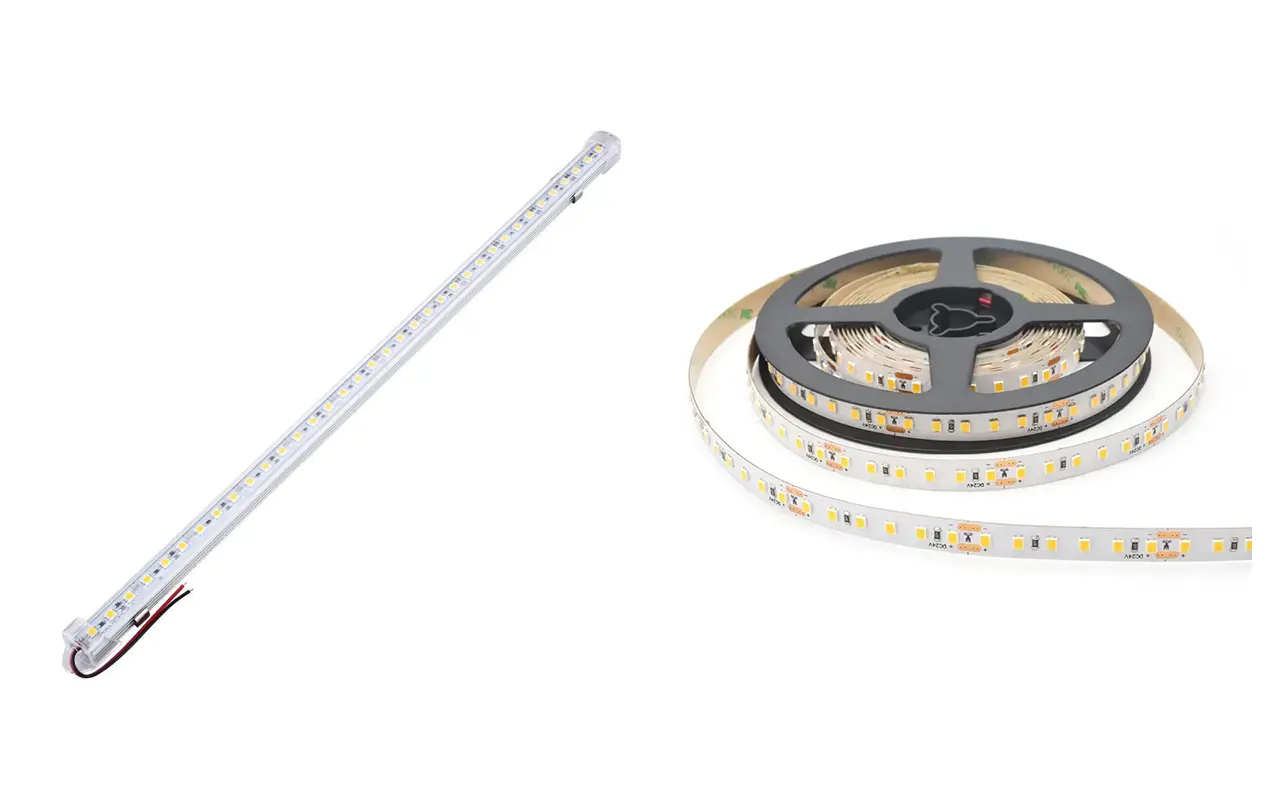
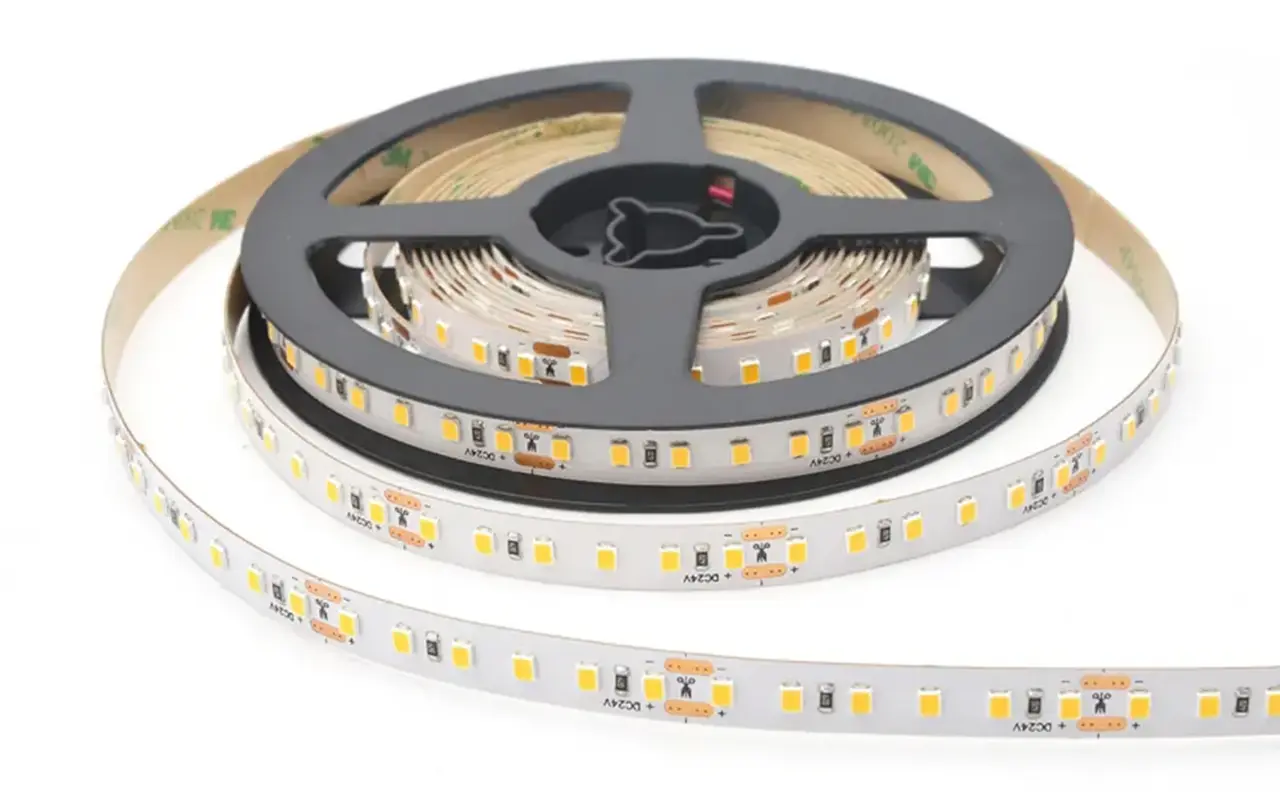
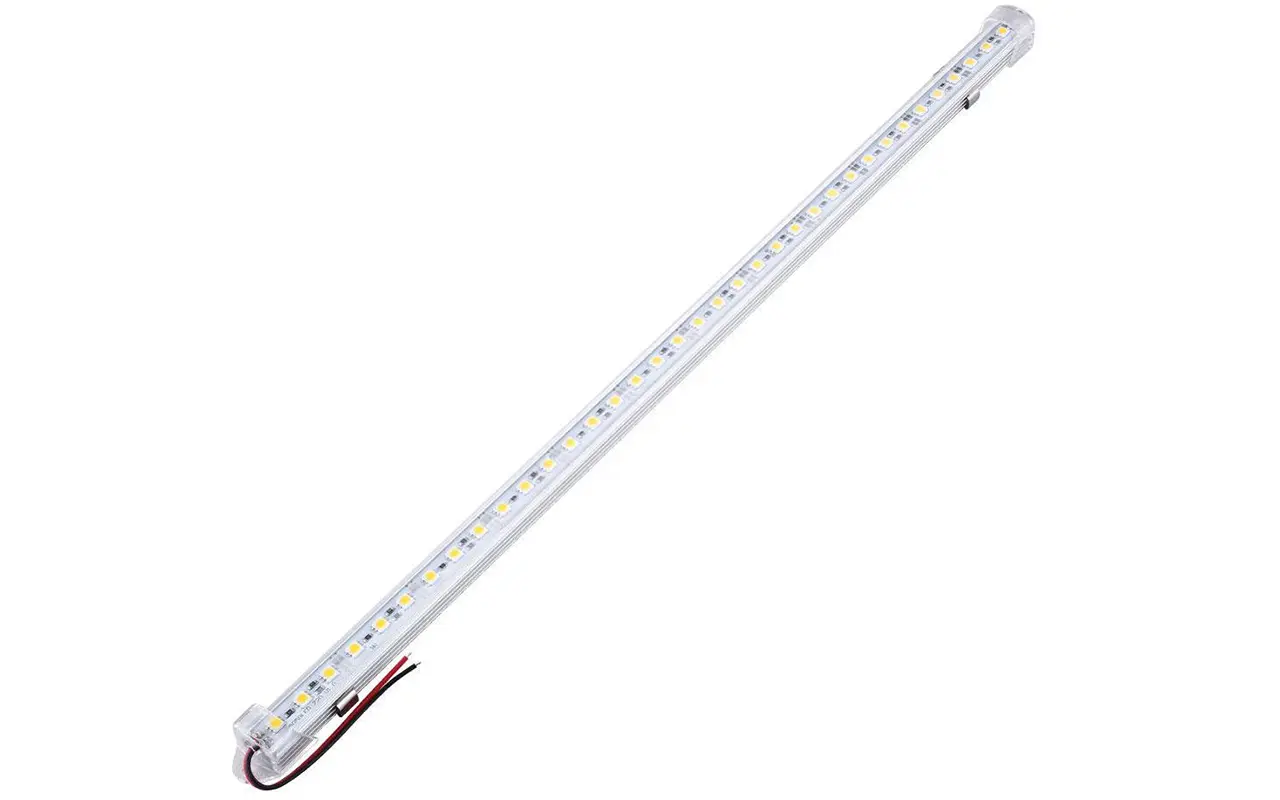
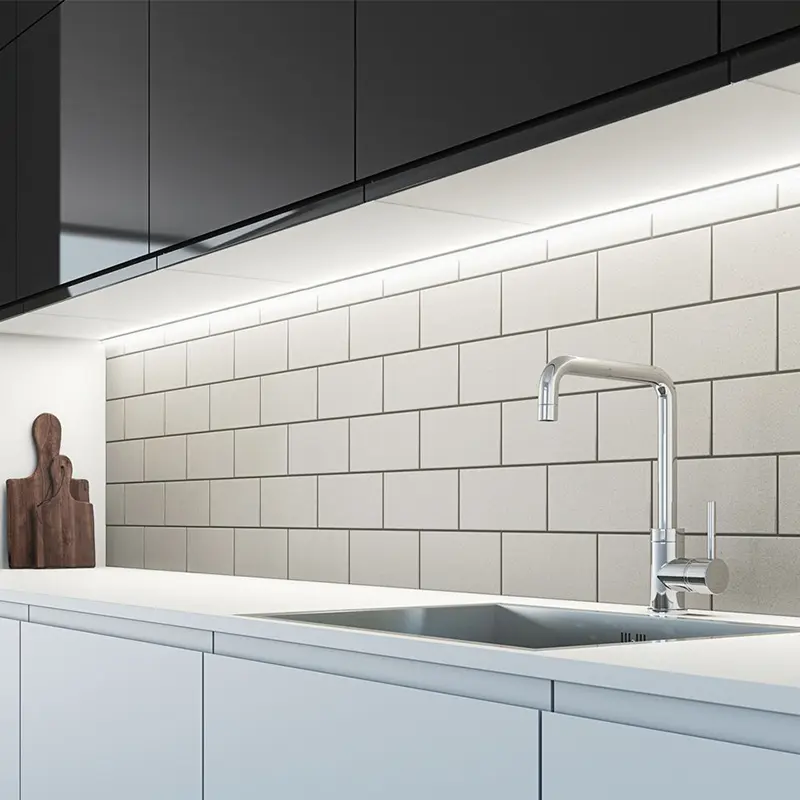

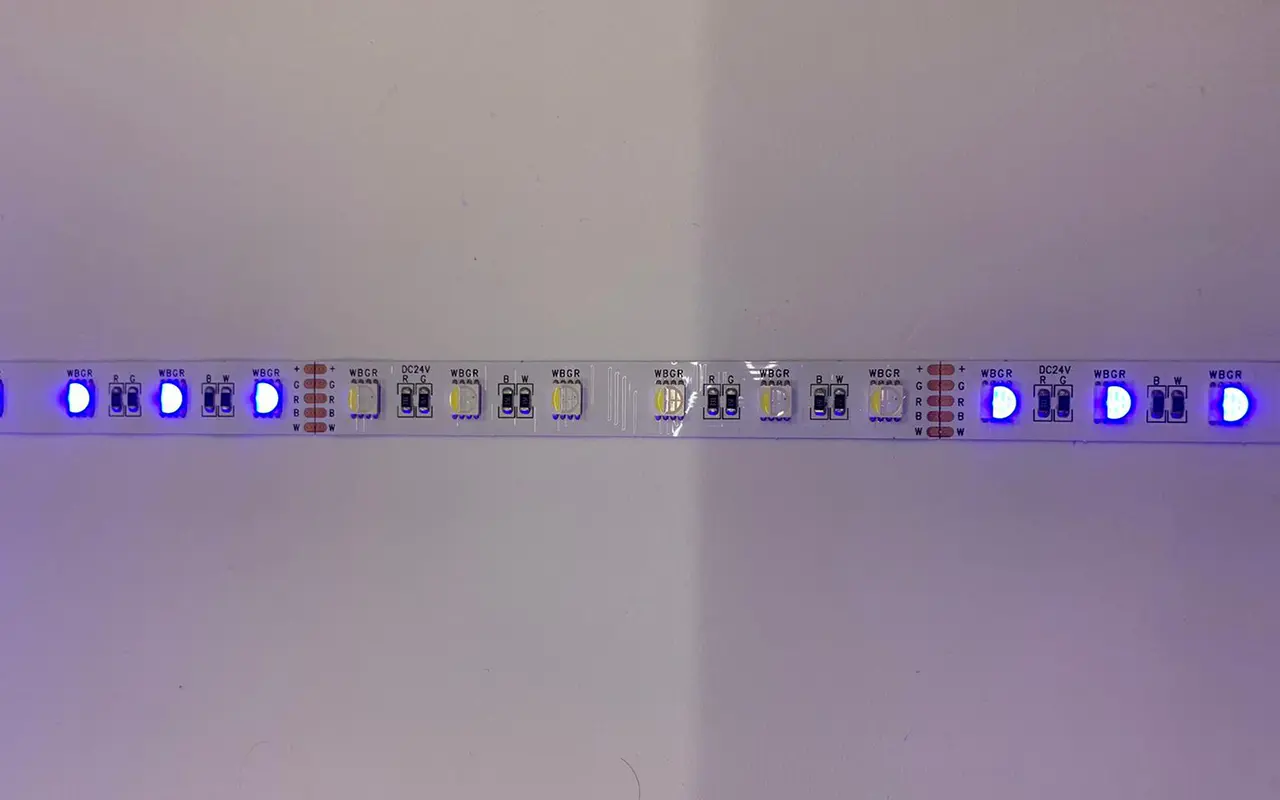

댓글을 남겨주세요
토론에 참여하고 싶으신가요?자유롭게 기여해 주세요!